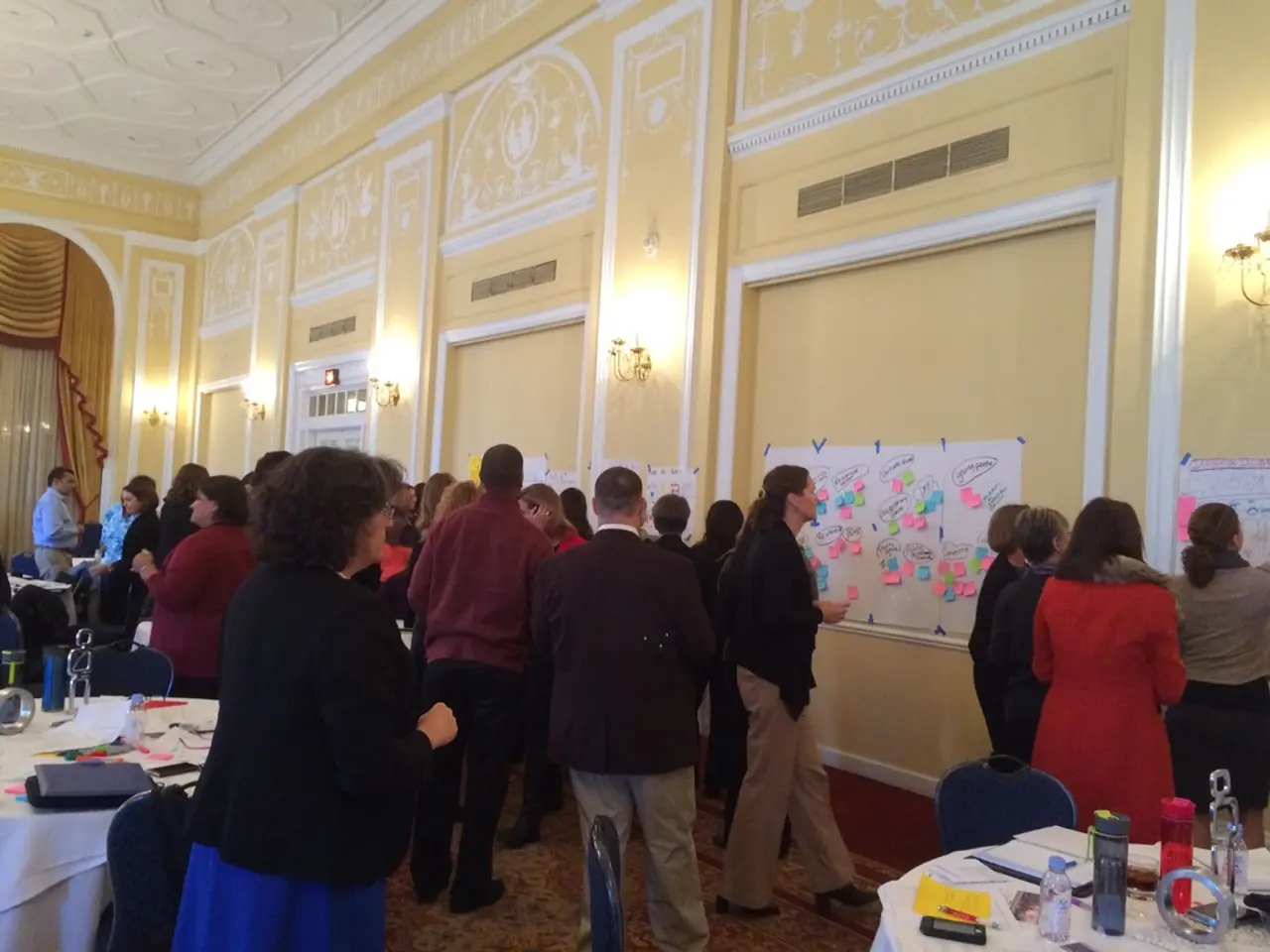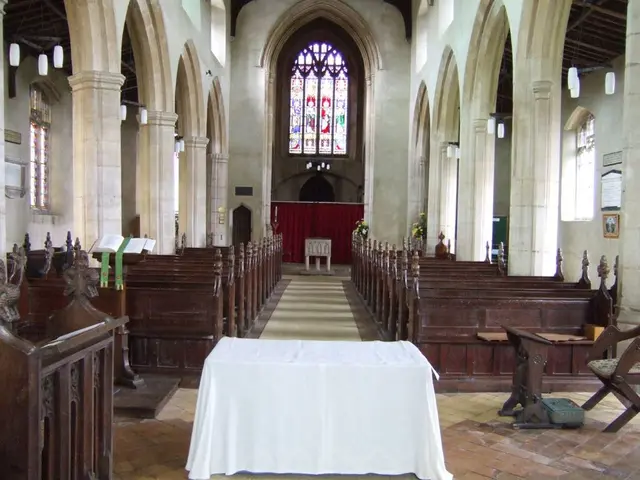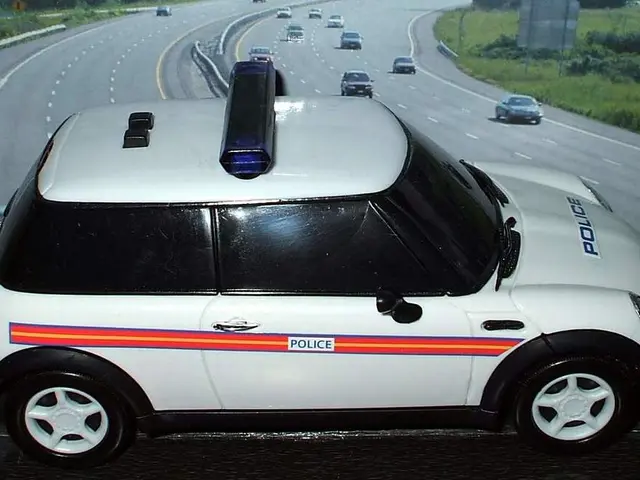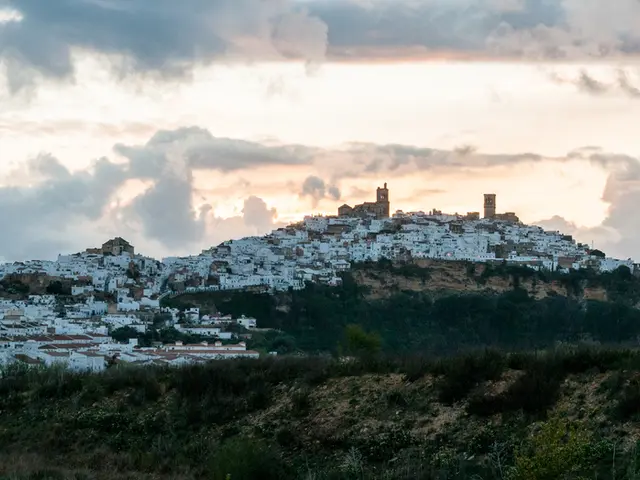Seven Strategies to Foster Community Learning and Connection through Museum Visits by Establishing Academic Groups
In a bid to make local history more accessible and engaging, museums across the country are embracing innovative strategies that go beyond traditional exhibits. These institutions are transforming into hubs of interactive experiences, community engagement, and immersive learning.
One of the key elements of these interactive museums is the use of engaging displays. Visitors can explore historical artifacts and stories in a hands-on manner, as seen at the Chicago History Museum, where interactive experiences delve into the city's heritage, engaging local communities with unique artifacts.
Technology plays a significant role in these interactive exhibits, with museums incorporating digital interfaces, virtual tours, or multimedia presentations to offer a deeper understanding of local history. For instance, the Science and Media Museum's BCB Studio experience recreates a local radio broadcast environment, allowing visitors to become radio hosts.
Community engagement is another crucial aspect of these museums. Mobile museums, such as the one in Monterey County, are using mobile vans to bring historical experiences to different communities. These vans include interactive carts that focus on local themes, ensuring that everyone can participate.
Moreover, many museums involve community members in the design and development of exhibits. This ensures that the stories told are relevant and meaningful to local residents, fostering a sense of ownership and connection to their town's history.
Immersive experiences are also a significant part of these museums. Visitors can step into historical roles or scenarios, such as in interactive exhibits that allow them to become radio hosts. Hands-on activities, like flower dissections or craft-making, provide a tangible way for residents to learn about local flora, fauna, and cultural practices.
Many museums now create digital archives where scanned photographs and documents become searchable resources for researchers and community members exploring local history topics. Residents can donate family heirlooms, loan items for special exhibitions, or share digital copies of family photographs.
Museums also partner with residents on historical projects, historical society initiatives, local history publications, and neighbourhood mapping projects. They regularly publish newsletters, books, and digital publications that need community contributors with personal knowledge and family stories.
Historical craft demonstrations teach traditional techniques like blacksmithing, pottery making, or textile weaving. Visitors can share their family stories and memories with museums to contribute to historical collections.
Volunteer opportunities abound, including becoming a docent, assisting with educational programs for schools, helping with collection preservation, and collaborating on oral history collection projects. Behind-the-scenes museum tours offer access to hidden treasures and professional expertise, including climate-controlled storage areas and research archives.
Digital touch screens display historical documents, photographs, and maps for interactive exploration. Your conversations with long-time residents might focus on specific topics like local schools, businesses that no longer exist, or how neighbourhoods have evolved over decades.
Contributing photographs, documents, and multimedia content can help museums create engaging online exhibits for digital audiences. Interactive exhibits allow visitors to touch, manipulate, and experience history firsthand. Living history programs feature costumed interpreters who guide visitors through authentic historical situations.
Multimedia displays combine audio recordings, video testimonials, and 3D models to create immersive storytelling experiences. Digital mapping initiatives help museums create comprehensive records of how neighbourhoods have evolved over decades. Role-playing activities place visitors directly into historical scenarios to make decisions and solve problems.
Local museums offer a variety of interactive experiences, historical craft demonstrations, digital touch screens, role-playing activities, community-focused special events, lecture series, seasonal reenactments, volunteer opportunities, and oral history collection projects. These initiatives not only educate but also engage residents, making local history more accessible and engaging for all ages.
- At these interactive museums, visitors can delve into the fashion-and-beauty trends of different eras through immersive experiences, as seen in interactive exhibits that allow them to try on clothing from various time periods.
- Food-and-drink enthusiasts can explore the culinary history of a city through hands-on cooking demonstrations or sample historical recipes in period-themed cafes within these museums.
- Home-and-garden lovers can participate in workshops that teach traditional home-crafting techniques or learn about local gardening practices through interactive displays featuring historical tools and plants.
- Pet owners and animal lovers can discover the role of pets in historical society through interactive exhibits focusing on the relationship between pets and their owners, complete with historical artifacts and stories.
- Travel enthusiasts can plan their next journey through digital archives of historical maps and documents, or virtually explore different places through multimedia presentations within these museums.
- Car enthusiasts can immerse themselves in the history of automobiles and their impact on society through interactive exhibits showcasing classic cars and engaging stories about the development of the automobile industry.




